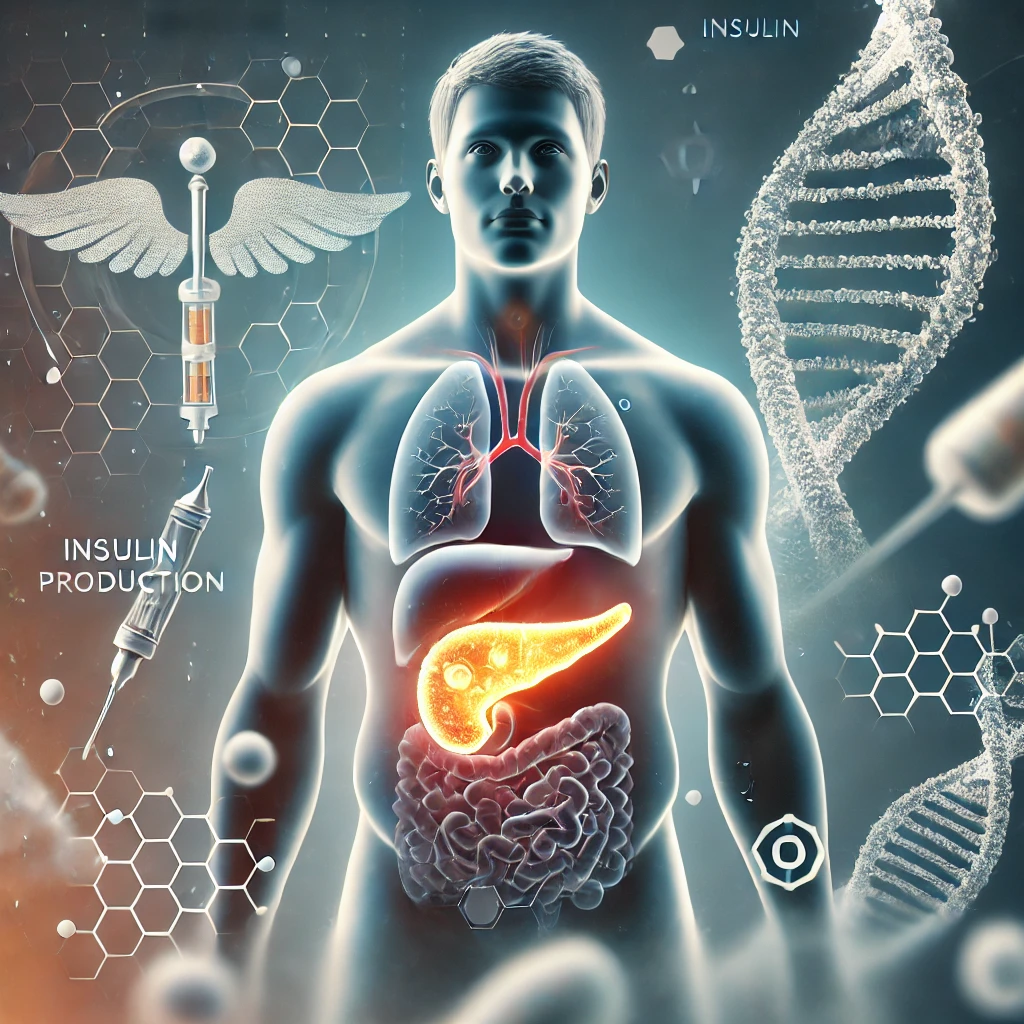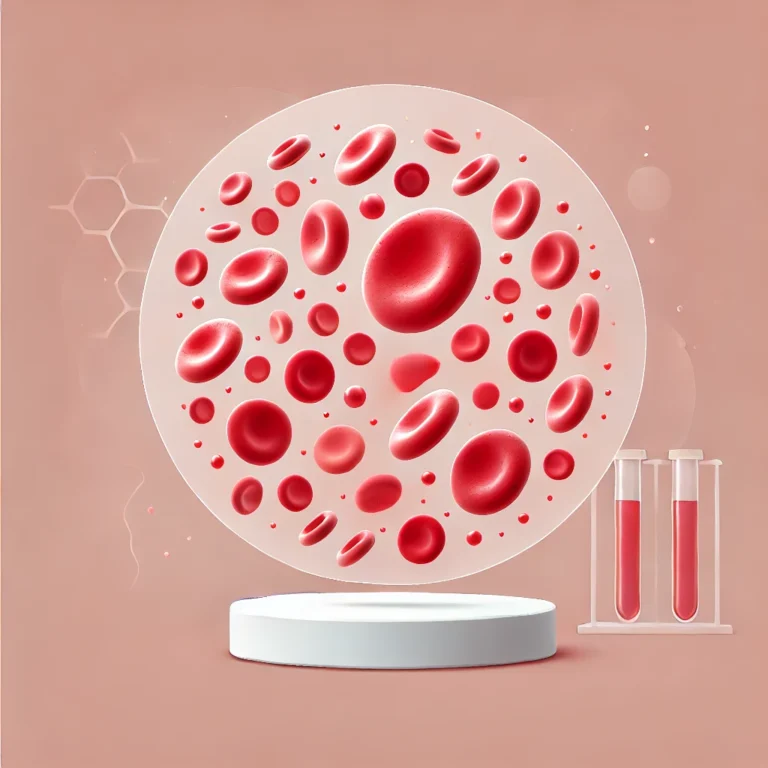Food we eat turns into sugar in our blood, and sugar turns into energy. Diabetes is a chronic health condition that affects how your body turns food into energy. It occurs when your blood sugar (glucose) levels are too high. Glucose is your body’s main source of energy and comes from the food you eat. Insulin, a hormone produced by the pancreas, helps glucose enter your cells to be used for energy. However, when the body doesn’t make enough insulin or doesn’t use it effectively, glucose stays in the blood, leading to high blood sugar levels and, eventually, diabetes.

Understanding diabetes is essential to managing and preventing its complications. Here, we break down the basics of diabetes, its types, symptoms, and management strategies.
Type 1 Diabetes
Type 1 diabetes is an autoimmune condition where the body’s immune system mistakenly attacks and destroys insulin-producing cells in the pancreas. This type usually develops in childhood or adolescence but can occur at any age.
Key Characteristics:
- Sudden onset of symptoms
- Requires daily insulin injections
- Cannot be prevented
Common Symptoms:
- Increased thirst and urination
- Unexplained weight loss
- Fatigue
- Blurred vision
Type 2 Diabetes
Type 2 diabetes is the most common form of diabetes and develops when the body becomes resistant to insulin or when the pancreas cannot produce enough insulin. Lifestyle factors, such as poor diet, obesity, and inactivity, significantly contribute to its development.
Key Characteristics:
- Gradual onset of symptoms
- Can be managed with lifestyle changes and medications
- Often preventable with a healthy lifestyle
Common Symptoms:
- Increased hunger and thirst
- Frequent urination
- Fatigue
- Slow-healing sores
Effective Diet Plans for Managing Diabetes
A balanced diet is crucial for managing diabetes. Consuming the right foods helps regulate blood sugar levels and maintain a healthy weight.
Best Foods for Diabetes:
- Leafy greens like spinach and kale
- Whole grains such as brown rice and oats
- Lean proteins like chicken and tofu
- Healthy fats from nuts and olive oil
- Fruits like berries and apples (in moderation)
Foods to Avoid:
- Sugary drinks and snacks
- Processed foods high in saturated fats
- White bread and pasta
- Excessive red meat consumption
Sample Meal Plan:
| Meal | Foods to Include |
|---|---|
| Breakfast | Whole-grain oatmeal with berries |
| Lunch | Grilled chicken salad with olive oil |
| Snack | A handful of almonds |
| Dinner | Baked salmon with steamed vegetables |
Natural Ways to Lower Blood Sugar Levels
Managing blood sugar levels naturally can significantly improve diabetes outcomes. Here are some practical tips:
- Stay Active: Engage in regular exercise like walking or swimming.
- Monitor Blood Sugar Levels: Regular checks help track changes and improvements.
- Stay Hydrated: Drink plenty of water throughout the day.
- Manage Stress: Practice relaxation techniques like meditation or yoga.
- Get Enough Sleep: Aim for 7-8 hours of quality sleep every night.
The Role of Exercise in Diabetes Management
Physical activity is a cornerstone of diabetes management. It helps control blood sugar levels, promotes weight loss, and improves overall well-being.
Benefits of Exercise:
- Lowers blood sugar levels
- Increases insulin sensitivity
- Boosts energy and mood
- Helps maintain a healthy weight
Recommended Activities:
- Brisk walking or jogging
- Swimming
- Cycling
- Strength training
- Yoga or pilates
Exercise Tips for Diabetics:
- Start slow and gradually increase intensity.
- Always carry a snack to avoid low blood sugar.
- Monitor blood sugar levels before and after workouts.
- Consult with a healthcare provider before starting a new exercise regimen.
By adopting healthy lifestyle changes and understanding the basics of diabetes, individuals can manage their condition effectively and lead healthier lives.

